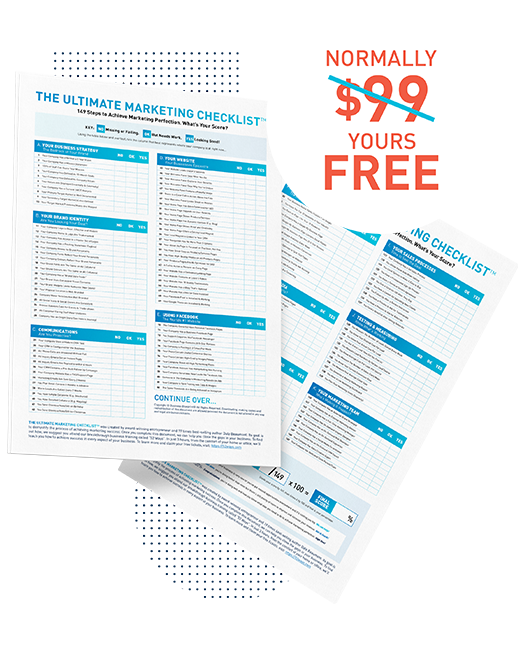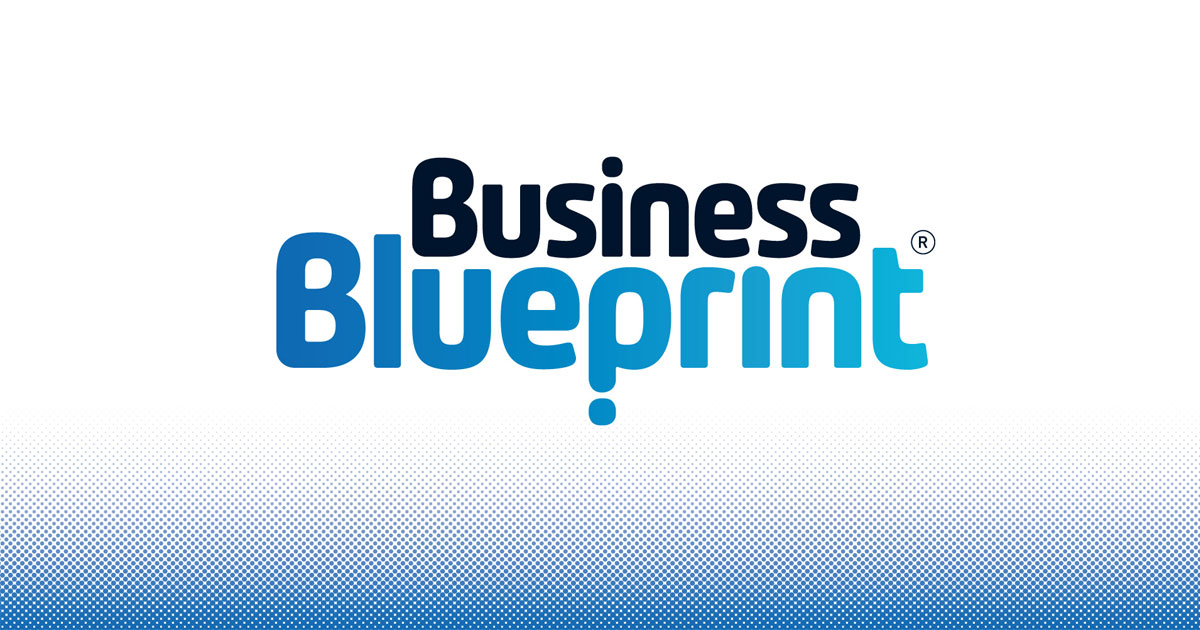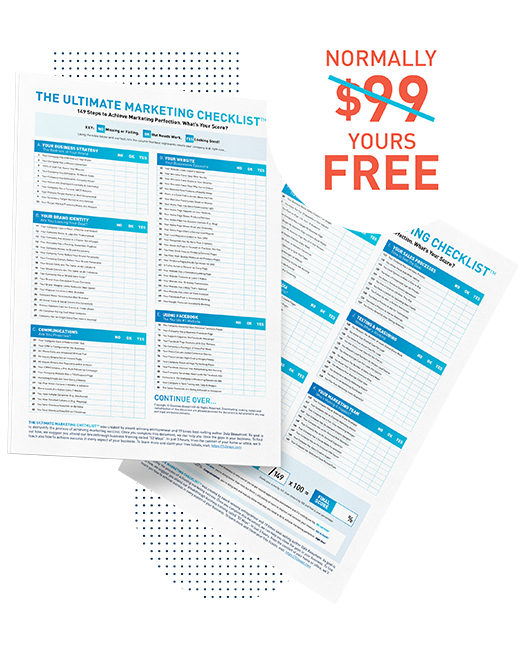Writing marketing and sales letters is an art. The letters are designed to be written in such a way to attract and draw buyers to your product, above the competitions’. Dale Beaumont interviewed Brett McFall – here is a segment from that interview that shows you the BURPIES formula to writing marketing and sales letters.
Brett has created many courses that teach business owners his copywriting methods and in 2004 he co-created The World Internet Summit, a multimillion-dollar company that is the biggest internet business event in the world, with yearly events all over the globe.
You have now developed a specific formula for writing marketing and sales copy. Can you share with us what it is?
Some of the most effective adverts I have ever written have not in fact been adverts but letters. The humble letter is by far the most powerful form of persuasion I’ve ever seen. So while the formula I’m about to give you works really well if you use it in an advert, it works even better if it’s put into a letter. While many marketing books and experts recommend using the AIDA formula: Attention-Interest-Desire-Action, I believe that it is way too simplistic. Based on the advertisements I have written, the BURPIES formula is a great way to start writing powerful copy, although it’s not the only writing formula I use.
- B is for ‘big promise’ – grab the reader’s attention! To achieve this you want to make a promise; something that makes the reader want to read more. The best way to do this is usually with a headline – because it’s the first thing readers see and 80 per cent of people only read headlines.
- U is for ‘use imagination’ – once you have grabbed their attention, you need to engage the reader by having them use their imagination. You can get them to imagine bad things or good things (they each have their place), but you must have the reader see, hear and feel what it is they truly want or don’t want.
- R is for ‘rarity’ – know that people love to be unique; it’s a universal human trait. That’s why antiques sell for much higher prices today than they did when they were first created (their rarity makes them more valuable). So you need to tell the reader what makes your product or service different from all the rest.
- P is for ‘points’ – the reader wants to know what you have that he or she might like. Bullet points do just that. It’s where you list down the page, in bullet point form, all the features and benefits your product or service offers.
- I is for ‘irresistible offer’ – we all love a bargain. No matter how high the price is, even if it’s a multimillion-dollar home, we love to feel that we got a good deal. So you must work hard at your offer. You must create offers that make people want to take action right away. Give ’til it hurts!
- E is for ‘evidence’ – after reading your advertisement to this point, the reader should be fairly keen. However something inside them is saying, ‘It sounds too good to be true’. This is where most people lose the sale – the reader doesn’t believe you! So at this point you need to give evidence that what you are saying is true. One way is to use testimonials from happy customers.
- S is for ‘sign-off’ – this is the end of the line and it is critical that you ask for the order. Don’t be afraid; tell them step-by-step what they should do in order to get the deal they’ve been reading about. For example, ‘Simply pick up the phone right now and our friendly staff will take your details and package the product for you today’. Believe it or not, this little formula has made my clients (and me) hundreds of thousands of dollars at a time.
For more of this interview check out Dale’s “Secrets of Marketing Experts Exposed!“.


